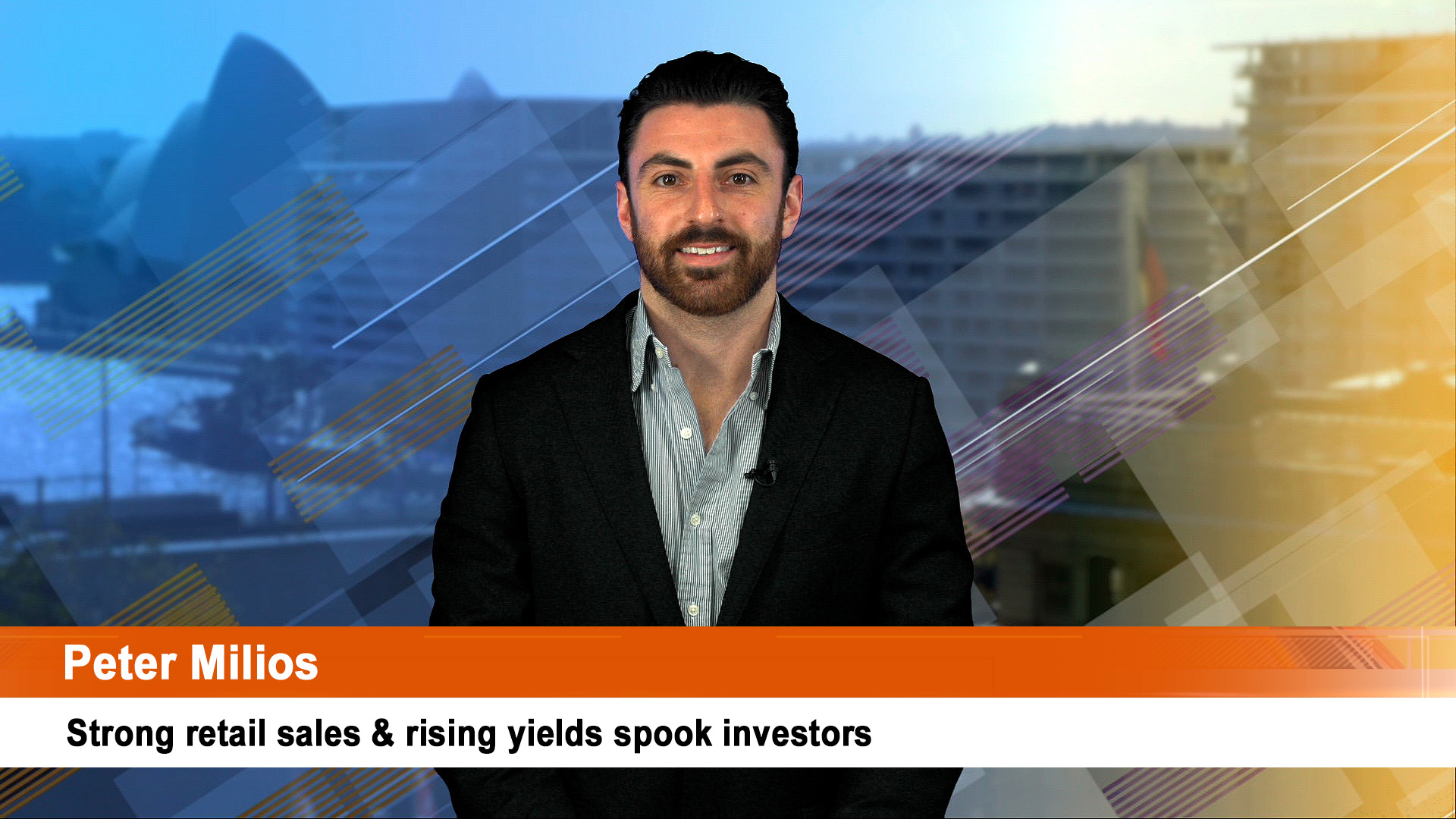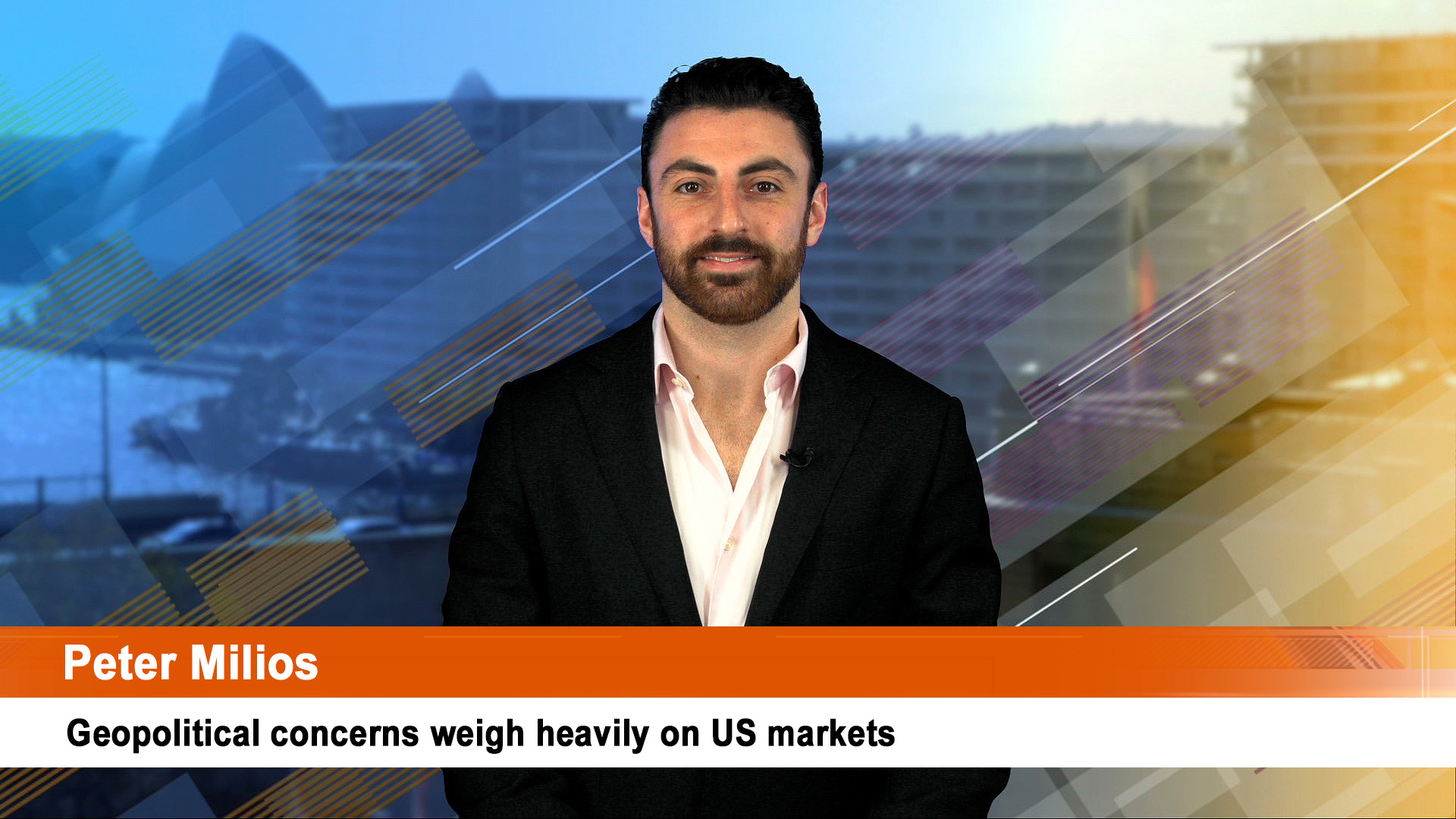Are there any such things as safe havens when inflation is rampant (9% in the UK in April, 8% plus in the US) and forcibly reshuffling the deck of investment cards?
Commodities are one answer – but compared to the enormous volume of money sloshing around shares every day, there’s not much capacity in this class.
And when you through in the instability in demand and supply being caused by Covid, especially in China at the moment, commodities can seem a bit like shares with all the attendant volatility.
Assets linked to oil and agricultural commodities (such as ETFs) are at or near their peak and you have to wonder how much oomph is left here in a class already shaken and stirred by the Russian invasion of Ukraine, weather and the impact on demand and supply.
If anything, the equities selloff over the past month or so has told us that the megatechs are no longer growth/defensive investments because of the impact of rising interest rates.
Bonds are nowhere to hide, except if you are a foreigner and looking to tuck your money away for a day or so.
Overlaying all of this is the growing realisation that the sugar is being turned off as central banks start shrinking their balance sheets.
It’s going to be a very hard slog for quite a while until things sort themselves out, as they always do. 2022 may come to be regarded as the mess and volatility we had to have in the face of soaring inflation.
In 2020 and 2021, a common refrain from companies in their financial reports that they were looking for the supply chain problems, shortages and shipping delays caused by Covid and the lockdowns to be improving from late 2021, or 2022.
Now, with 2022 nearly half over, that refrain has now become 2023 and even well into 2024. Until these component shortages end – especially in vehicles, consumer electronics, whitegoods and a raft of other everyday items – we are likely to see more instability, cost pressures for businesses at all levels and consumers who in turn face falling income from lower-than-inflation wage rises.
The strong labour markets being enjoyed in the US, UK, Europe, Australia and other advanced economies (but not in China which remains an outlier in every respect), are the one positive helping keep the recessionary wolves from the economy.
Even though real wages are falling (making those in business, commentary and analysis who a fearful of a wage/price spiral look silly) consumers still have savings from the lockdowns ticked away.
The question is how this affects consumption across the household sector. It is hard to separate the impact of the supply problems and product availability with consumers changing down as their feel their financial position worsening thanks to rising costs, especially the cost of energy – both cars and in the home.
A Reuters report yesterday nailed it with this quote from Paul Christopher, head of global market strategy at Wells Fargo Investment Institute, on the same day his firm forecast a mild recession around year-end into early 2023:
“Retailers are starting to reveal the impact of eroding consumer purchasing power.”
“The consumer’s ability to spend is eroding at a faster pace than it was a month or two ago. We think that pace is going to accelerate further,” he said.
“The [Wal-Mart/Target] numbers are very concerning as they show the consumer is reducing discretionary purchases while company margins return to pre-pandemic levels,” Reuters quoted Eric Johnston, head of equity derivatives and cross asset at Cantor Fitzgerald.
While investors have been worried for some time about inflation, the latest results pile on worries about the impact of inflation on the consumer, said Ryan Detrick, chief market strategist at LPL Financial.
This week’s sell-off came the day after data showing US retail sales rose strongly in April (and the March figure was upgraded to 1.5% from 0.4% growth) as consumers bought more motor vehicles and spent up at restaurants despite high inflation, worsening consumer sentiment and rising interest rates.
Some analysts made the very good point that it’s not that consumers aren’t buying, it’s the ability of retailers and others to sell while keeping a handle on costs.
Walmart and Target both made conscious efforts to spend more on inventory to ensure they had as few ‘out of stocks’ as possible in their huge chains. That has raised costs as have higher wages for staff.
Inflation has made it hard to recover those rising operating costs.
And many investors still look at retailers as just bricks and mortar operations and often forget that their still expanding online offerings have to be fulfilled via deliveries or click and collect.
In times of high energy costs (diesel and petrol especially, home delivery becomes a rising expense while click and collect operations become a way of passing on costs by getting the consumer to pay the higher transport costs by picking up their products. But that’s only a part solution.
…………
Not all retailers are being hammered. The TJX Cos is a medium-sized US discount department store chain selling more than $US11.4 billion worth of goods a quarter (which makes it larger than Woolworths).
Revenue rose 13% in the first quarter, the company said this week. Same store sales growth was flat but higher in the US.
The company has several outlets in Australia though its core TJ Maxx chain of stores that sell a wide range of brand name goods across clothing, homewares, shoes and other apparel. It buys end of run and surplus stocks from other chains and wholesalers.
With rival chains overstock and having to quit them to cut financing and other costs, a company like TJX Cos will be able to buy at steeper discounts (as will rivals like Ross Stores, the third biggest discount chain after TJ Maxx and Marshalls, both owned by TJX Cos).
Pre-tax profit margin edged up to 9.4% in the latest quarter from 7.2% and while there were remarks about higher costs from supply chain problems. The shares rose by as much as 12% on Wednesday after they reported (the report was overshadowed by the weak Target and Walmart reports).
“Although freight costs are higher, TJX has been able to offset these with solid pricing, reduced COVID costs, and better operating profits from international (segment) which suffered last year due to store closures,” according to Neil Saunders, managing director at GlobalData who spoke to Reuters.
The company reported a profit of $US13.23 million in its international segment (which includes Australia), compared to a loss of $US221.6 million last year.
The discount chain did however cut its annual U.S. same-store sales growth outlook to between 1% and 2% from 3% to 4% forecast earlier this year.
That didn’t upset the market and TJX Cos shares rose 2% on Thursday to take their rise in the past five days to nearly 10%.
Target shares fell again on Thursday and are now down 29% in five days while Walmart shares were also lower on Thursday and have fallen more than 19%.
The solid performance for TJX shares is because analysts reckon the current, confused stocks situation in US retailing and inflation is tailor made to a well-run discount chain that makes its margin buying brand names low and selling high.
It comes down to the execution of the strategy by management.
TJX managers doesn’t have the same worries about sourcing stock as Walmart and Target do with most of their product is to be found in the US at rival chains.
But then you have to have some sympathy for Walmart and Target managements – they added costs in 2020, 2021 and 2022 to keep their shelves well-stocked, out of stocks as low as possible and their networks well supplied – all to keep faith with customers.
Wall Street applauded that, especially as sales and profits rose in 2020 and 2021. the rapid rise in inflation, thanks to rising oil prices in the December half of last year and then the surge after the Ukrainian invasion by Russia took both retailers by surprise, especially as it added to the sourcing problems when both were expecting the situation to improve.
They could have been hard-nosed and tolerated a higher level of out of stocks and upset their customers and earned the applause from Wall Street and a loss of customer traffic from people unhappy with the poor level of fulfilment.
Wall Street investors, especially the instant experts among economists, analysts and big shareholders were also taken by surprise. The weak performance by many leading financials in the first quarter is evidence of that.
Walmart and Target and other chains will have to quit their stocks ASAP and we will undoubtedly see a sales campaign stressing savings for shoppers with less in their wallets because of inflation. That could very well be the mantra heading through the end of this year and in 2023.
“More for less” – now there’s a sales slogan. Why didn’t I think of that? Oh, that’s right, it’s as old as the hills!












